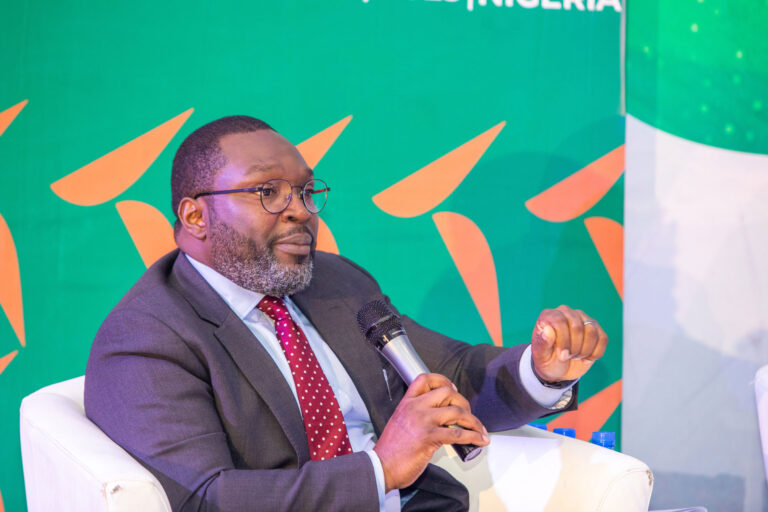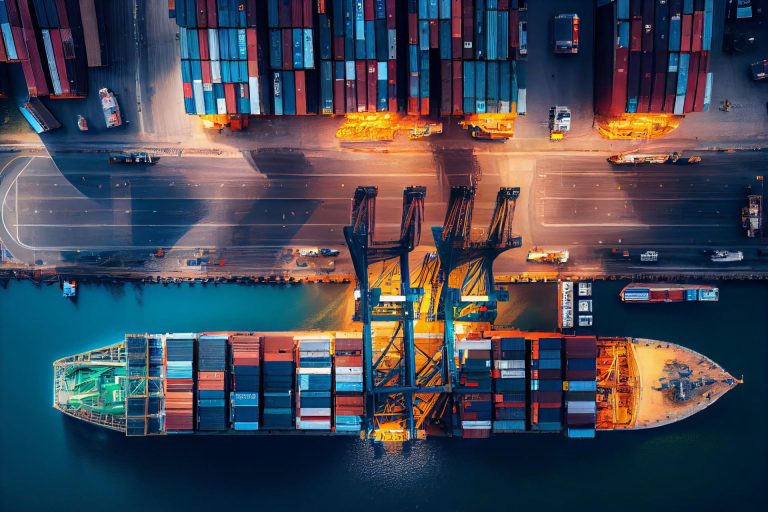At the Nasarawa Investment Summit held between 11 and 12 May 2022, the Managing Partner of Africa PPP Advisory Services, Gori Olusina Daniel, presided over the plenary session on “Innovative Solutions to Complex Problems: Financing Infrastructure in Subnationals.” The plenary was focused on exploring innovative approaches for financing the delivery of sustainable infrastructure at the subnational level, given the prevailing fiscal constraints faced by subnationals and the opportunities available in the private sector.
Other members of the panel included:
- Chris Oshiafi – Chair and Group MD, PanAfrican Capital Holdings
- Aminu Umar-Sadiq – Executive Director, Nigeria Sovereign Investment Authority (NSIA) stood in for Uche Orji – MD/CEO, NSIA
- Dr Lazarus Angbazo – MD, InfraCorp
- Dr Ola Orekunrin Brown – CEO, Flying Doctors Healthcare Investment Group
- Lawal Ahmed – Executive Director, North and Public Sector, Keystone Bank Limited stood in for Olaniyan Olayinka – MD/CEO, Keystone Bank
- Chinua Azubuike – CEO, InfraCredit
Snapshot of Discussion
Chinua Azubuike, CEO, InfraCredit started off the conversation by discussing two instruments that could be catalytic for a subnational to crowd-in private capital. The first instrument is annuity PPP. This has the potential to facilitate PPP transactions for critical projects through the provision of government funds backed by InfraCredit guarantees to cover specific payments to private sector concessionaires over a limited period as required, to de-risk projects and make them attractive for private sector investment through PPPs. The second instrument is asset recycling, where projects are built by the subnational and then refinanced as PPPs to release and replace government capital with private sector investment into cash positive revenue generating assets.
Chris Oshiafi, Chair and Group MD of PanAfrican Capital Holdings, outlined the structure and objectives of the Infrastructure Fund launched at the Summit by the Nasarawa State Government. The infrastructure fund will be funded statutory with 5 per cent of the sub-national’s IGR, which currently stands at N83.3 million a month. This provides statutory funding that can be leveraged for deployment to economically viable projects. It also has the potential to be channelled towards derisking projects for private sector participation.
Aminu Umar-Sadiq provided the NSIA’s perspective on factors that underpin the preparedness of a subnational in receiving investment. The first thing he mentioned is the need for in-kind (non-cash) contributions by the subnational to stay its claim to the equity of the business – such as land, right of way and other payments. The second is the waving of the fiscal cost that applies in the context of the project – i.e., full, or partial tax waivers. Typically, NSIA adopts a three-pronged model for investing. First, NSIA finds projects that meet their investment criteria and deploy capital. Second, NSIA enters a co-investment vehicle with a strategic partner that offers not only financial capital, but strategic capital, and collectively implements projects. Finally, NSIA creates companies and capitalizes on those companies, and agrees on the business plan with the management of the companies. These models have successfully been deployed in the agriculture, petrochemical, and healthcare sector.
From a commercial bank lens, Lawal Ahmed of Keystone Bank underpinned his arguments on the need to ensure projects are commercially viable with the statement, “if it makes money, it makes sense,”. Commercial banks have a role to play in enabling the real economy and look to channel their lending to facilitate the economic activity that ultimately enables the funding of critical infrastructure. Largely, commercial banks lookout to support lending in communities where proposed physical infrastructure projects can have a significant multiplier effect, relative to social infrastructure which does not give returns that are expected of them.
Dr Lazarus Angbazo of InfraCorp disclosed that the institution has been endowed with seed capital of 1 trillion Naira, with a target of raising the capital base to 15 trillion Naira, which subnational can leverage for a commercial project. Their key criteria for this are the bankability of commercial and economically sustainable projects. According to him, one of the key institutional capacities that are currently being developed by InfraCorp is the capability to partner with relevant private infrastructure funders and subnationals to source, design, and develop a pipeline of investible projects. In particular, the role of a subnational is to critically partner in terms of approvals, guarantees, licensing, and other documentation needed to fast-track project development.
Dr Ola Orekunrin Brown of Flying Doctors Healthcare Investment Group emphasized that what investors look for when considering investing in a subnational project is assurance. Subnationals need to build their institutional capacity to provide investors with guarantees, especially through an innovative mobilization and transparency of their IGR, such as what is being proposed at the Summit with the establishment of the Infrastructure Fund. Also, guarantees can also come through investment in social infrastructure – which in return, will improve human capital to deliver commercial projects.
Summary of the panel discussion
Gori Olusina Daniel, the chairman of the panel, concluded the session by outlining the following key summary points:
- Two instruments offered by InfraCredit present the opportunity and potential for subnationals to address the forex risk associated with borrowing internationally and the short tenors available locally.
- The Nassarawa Infrastructure Fund is a key enabler to deliver critical infrastructure projects.
- In infrastructure finance, capital can’t be truly said to be idle, as capital is always actively seeking opportunities; the key to unlocking this capital is the development of a pipeline of bankable projects.
- There are institutional investors who are actively willing to invest in Nasarawa State, however, this is contingent on presenting and promoting a credible pipeline of bankable projects and improving the ease of doing business in Nassarawa
- To Dr Browns’ point, people need to be alive to work and deliver commercially viable projects. As such, there is a space for blended funds and innovative instruments that allow the financing and delivery of social infrastructure projects.







